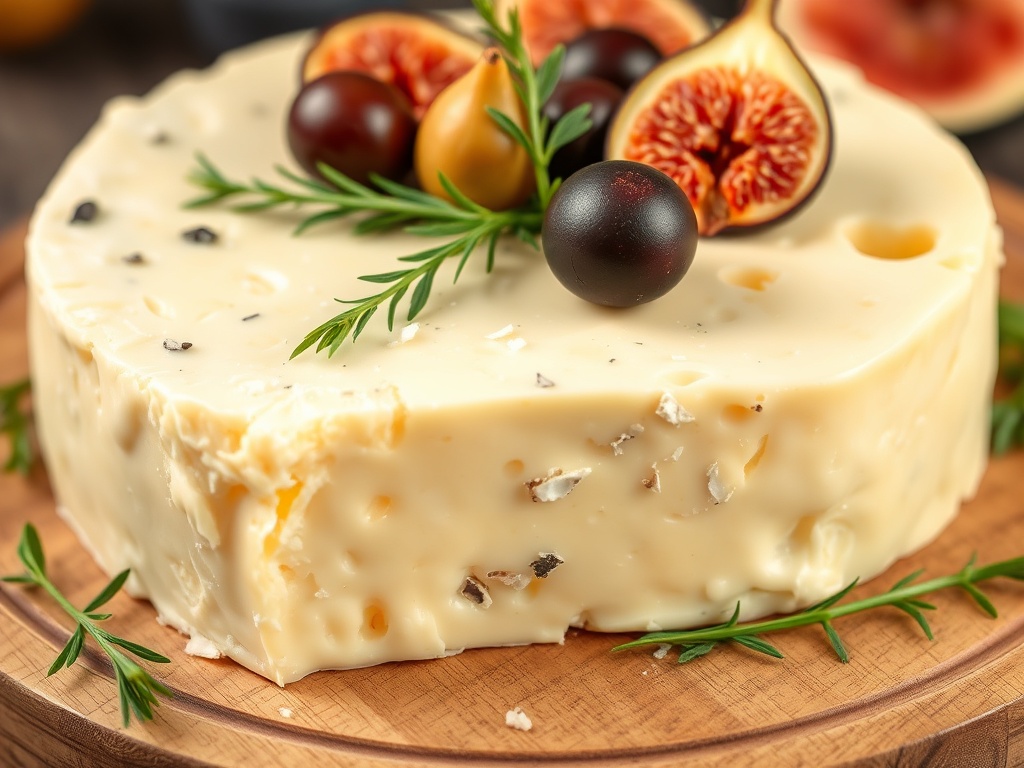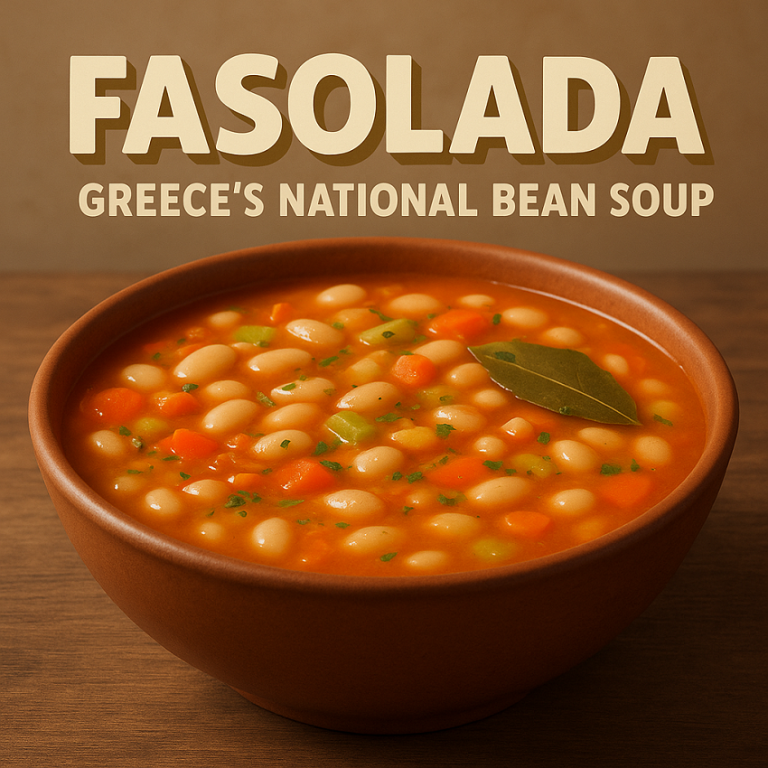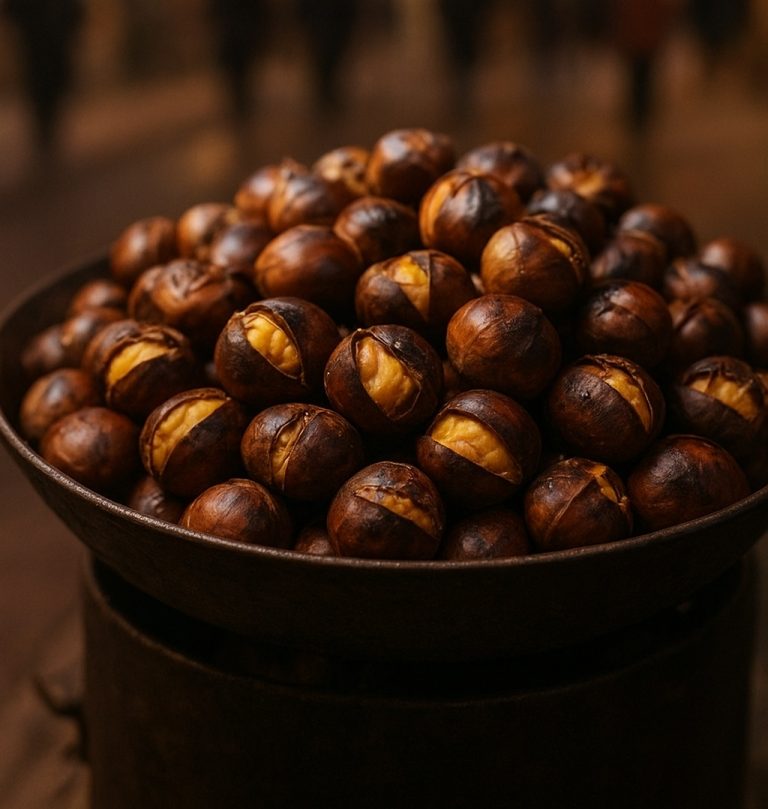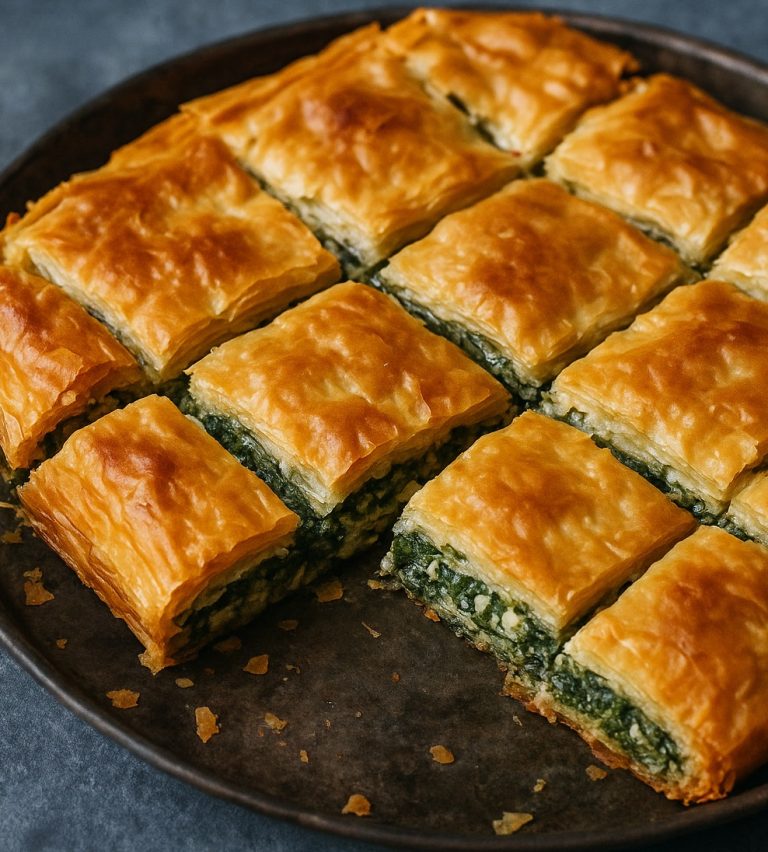
Greek kasseri is a semi-hard cheese that embodies the rich culinary heritage of Greece. With its unique flavor and versatile uses, kasseri has become a staple in both traditional and modern Greek cuisine. This article delves deeper into its origins, production, flavor profile, culinary uses, pairing suggestions, and nutritional information, celebrating the cultural significance of this beloved cheese.
Origins and Production
Kasseri cheese has deep roots in the regions of Thessaly and Macedonia, where it has been produced for centuries. The cheese-making tradition dates back to ancient times, with historical references indicating its consumption during the Byzantine Empire. Traditionally, kasseri is made from sheep’s milk, although some varieties may include a small percentage of goat’s milk, which adds a delightful complexity to the flavor.
The production of kasseri involves a meticulous process. The milk is first curdled using rennet, after which the curds are cut and drained. The key to kasseri’s unique texture lies in the “pasta filata” technique, where the curds are heated and stretched, similar to the preparation of mozzarella. This process gives kasseri its characteristic elasticity and smooth texture. The cheese is then shaped into wheels and aged for a minimum of three months, although some artisanal varieties may be aged longer, enhancing the depth of flavor.
Flavor Profile
Kasseri is known for its mild yet distinctive flavor. It has a slightly nutty, buttery taste with a creamy mouthfeel. The aging process contributes a mild tanginess, making kasseri a versatile cheese that can complement a wide range of dishes. The cheese’s flavor can vary depending on the milk used, the specific production methods, and the length of aging. Younger kasseri is milder and creamier, while older varieties develop a sharper, more pronounced taste.
Culinary Uses
Kasseri’s versatility in the kitchen is one of its most appealing attributes. Here are some popular ways to enjoy this delicious cheese:
1. Saganaki
One of the most famous uses of kasseri is in saganaki, a beloved Greek appetizer. The cheese is cut into thick slices, coated lightly in flour, and pan-fried until golden and crispy. Served hot, it can be drizzled with lemon juice or accompanied by a side of pita bread, making for a delightful start to any meal.
2. Grilled or Melted
Kasseri melts beautifully, making it an excellent choice for grilled cheese sandwiches, burgers, or as a topping for baked dishes like moussaka or lasagna. Its rich, gooey texture enhances these dishes and adds a comforting element.
3. Salads
Kasseri can be sliced or crumbled into salads, providing a creamy texture and rich flavor. It pairs well with fresh vegetables, olives, and herbs, creating a harmonious blend of flavors. A simple Greek salad with tomatoes, cucumbers, and kasseri can be a refreshing side dish.
4. Pasta and Risotto
Grated kasseri can be sprinkled over pasta dishes, adding a savory depth to the sauce. It can also be stirred into risottos, providing creaminess and enhancing the overall flavor profile. Its melting properties make it a popular choice for baked pasta casseroles.
5. Cheese Platters
Kasseri can be featured on cheese boards, paired with a variety of accompaniments like olives, nuts, and dried fruits. Its mild flavor allows it to balance well with stronger cheeses, making it a perfect addition to any cheese platter.
Pairing Suggestions
When it comes to pairing, kasseri shines alongside various beverages and accompaniments:
Wines
Kasseri pairs beautifully with crisp white wines, such as Assyrtiko or Sauvignon Blanc, which complement the cheese’s buttery notes. For red wine lovers, a light-bodied red like Pinot Noir can also work well.
Fruits
Fresh fruits such as figs, grapes, and pears provide a refreshing contrast to the richness of kasseri. The sweetness of the fruits enhances the nuanced flavors of the cheese, creating a delightful combination.
Nuts
Nuts like almonds and walnuts can enhance the flavors and add texture when served alongside kasseri. The crunchiness of the nuts contrasts with the creaminess of the cheese, creating an enjoyable sensory experience.
Herbs and Spices
Kasseri can also be paired with fresh herbs like oregano or thyme, which can elevate its flavor. A sprinkle of cracked black pepper or a drizzle of honey can also enhance its taste.
Nutritional Information
Kasseri cheese is a good source of protein and calcium, making it a nutritious addition to meals. A typical serving contains about 100 calories, with a balance of protein, fat, and carbohydrates. However, like many cheeses, it can be high in fat and sodium, so moderation is key. For those mindful of their dietary intake, kasseri can be enjoyed in small amounts as part of a balanced diet.
Cultural Significance
In Greece, kasseri is more than just a cheese; it represents a connection to tradition and community. It is often served during family gatherings and celebrations, symbolizing hospitality and sharing. Its presence in traditional dishes underscores its importance in Greek culinary culture.
Conclusion
Greek kasseri is a delightful cheese that captures the essence of Greece’s rich culinary heritage. With its unique production process, versatile applications, and cultural significance, kasseri is a treasure worth exploring. Whether enjoyed in traditional recipes or modern creations, this cheese continues to delight palates around the world, making it a treasured staple in both Greek households and international cuisine.



